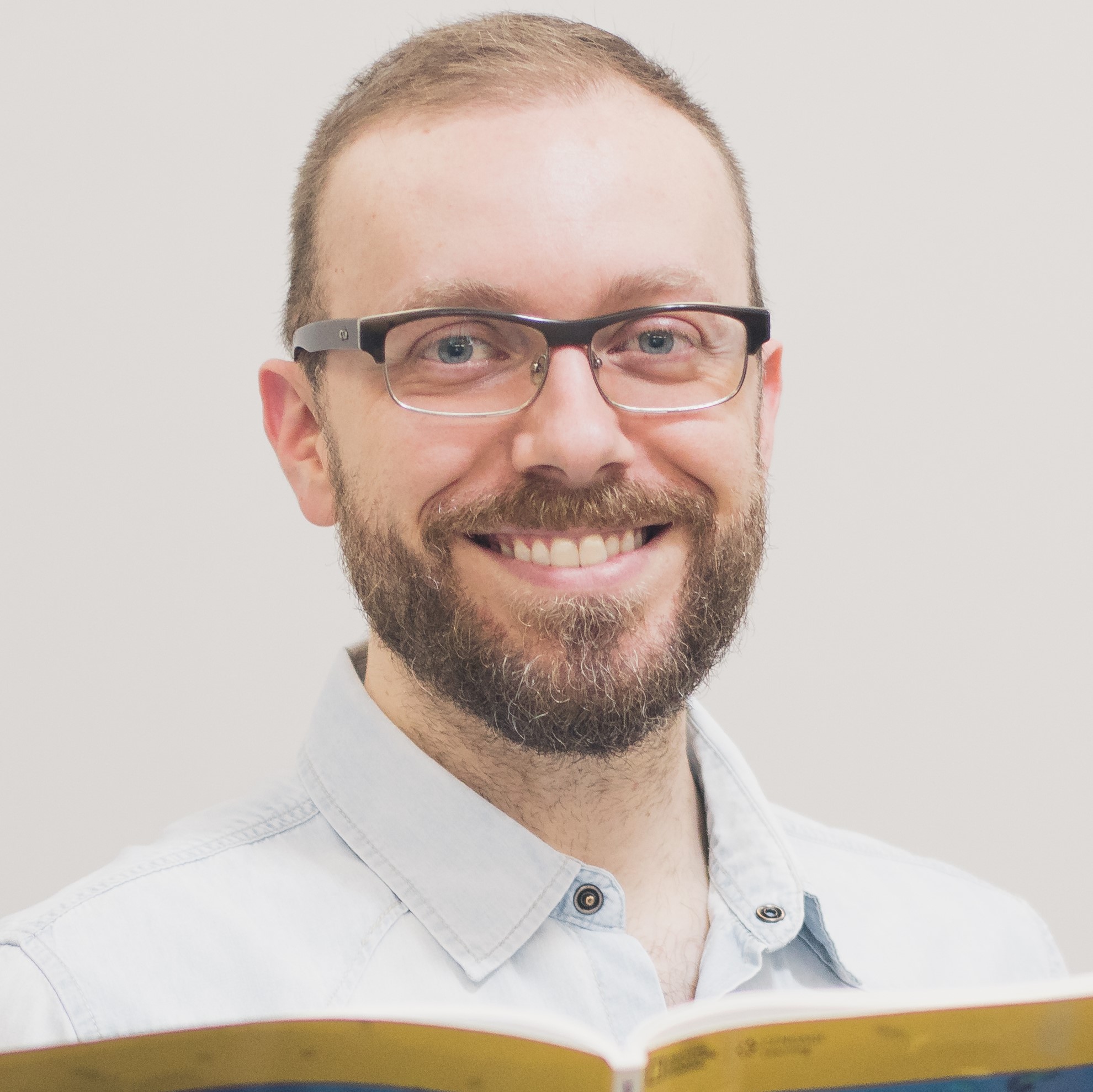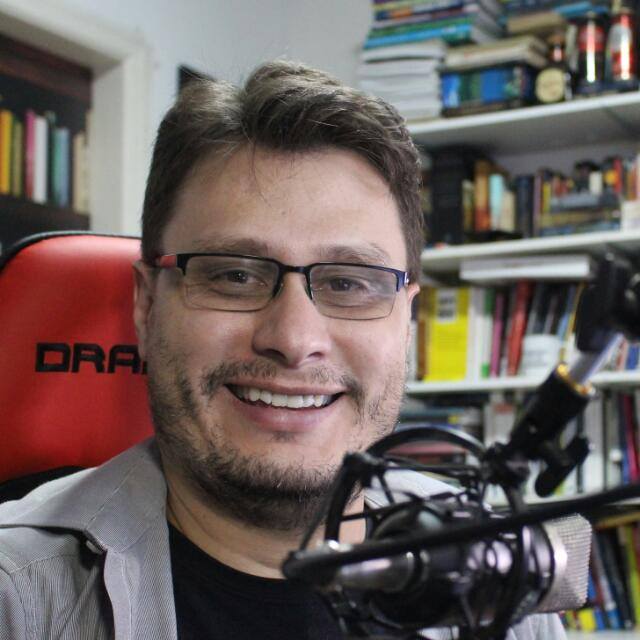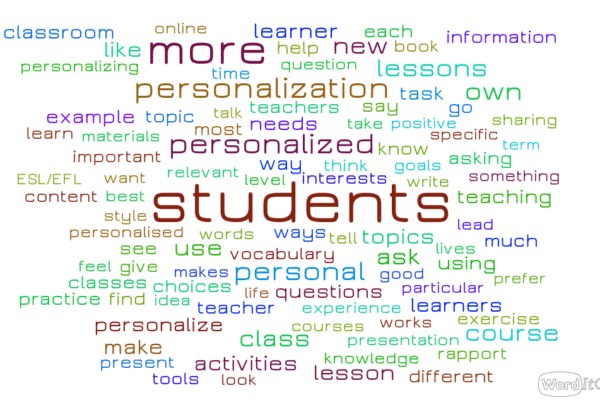Fighting Bullying with Inclusivity: A success case
Earlier this month I mentioned to a dear colleague that I started my teaching career as a part-time job just to make ends meet. What is also true is that it did not take me long to quit everything I was doing at the moment and dedicate myself full-time to the profession. Little did I know that seven years later, two serendipitous encounters would show me that the inclusive classroom had chosen me even before I figured that out.
The first one happened in 2016 when I received a visually-impaired student in my classroom, a 36-year-old woman that had been rejected in all language institutes before coming to my classroom. Teaching this woman, and other three students after her, helped me design a project on teaching learners with visual disabilities in different levels. Talking about this topic is especially dear to my heart, even though it is not the main theme of my first post here.
Today, I want to talk to you about the second encounter which is more recent. I had a Friday group this year with 21 teenagers ranging from 13 to 16 years old that was a bundle of energy, except for one girl. Right in the corner, there was this 15-year-old girl, Bel, a bit overweight, round glasses and green hair, extremely shy and head down all the way through the lesson. Although the idea of bullying taking place crossed my mind, I took the risk and started observing the student more attentively within the first three or four classes without asking any questions.
One day in particular, while monitoring, I noticed that as soon as the task finished, she moved to a drawing sketch and started brushing it up. That was my lead. I got close and asked to see what she was doing and obviously the initial answer was “no”. I accepted the negative reply, yet I insisted a little later by asking if I could see it after class. When I finally had the chance of casting my eyes over her work, I realized how talented she was and noticing contentment she timidly mentioned having a portfolio, which I obviously asked to have a look at. I went back home that day thinking about what to do in order to help this girl restore her confidence and self-esteem.
I spent quite a long time with the idea of doing something with those drawings in mind and it was just a couple of weeks later that the answer came to me in the form of an email. In January I had submitted a paper for the 12th ABCI Conference, on how to promote an inclusive classroom for visually impaired learners, and after reading the acceptance letter I knew exactly what to do.
One of the ideas for the workshop was to have pictures of the impaired students to make the activity more impactful. When the following Friday came, I called Bel a few minutes before the class started and invited her to illustrate my presentation by creating visual representations of the learners in study. She then, looked at me with a mixture of disbelief and excitement and that look filled me with the certainty of having made the right decision. I did not stop there, though. Of course I had to call her parents and formally ask for it as I wanted to make sure that everybody in her family was aware of the project and more importantly, that the “task” would not be, at any circumstances, a burden for the student.
With everything settled, there was another big step to take, to inform the class about my partnership with Bel. After asking her whether I could disclose the information or not, I have decided to talk about my project to the whole group, so they would notice the relevance of it. One of our lessons that semester revolved around social concerns, the perfect argument for discussing my project with the group. The lesson was extremely productive and as excited as the class was, I explained to them I would participate in such a big event and I had decided to invite Bel to work with me as the illustrator.
Not surprisingly, at least for me, the whole group went crazy and she got a standing ovation for a couple of minutes. That particular moment has been one of the most significant moments in my entire career as I could see in everybody’s eyes that everything that had possibly happened in the past was gone. We are now in the second semester together, my student and partner is not only happier but also told me in a letter that she would not like to work with other group as now she is more than just accepted, she is a peer, a friend and also the teacher’s illustrator.
That is the beauty of the inclusive classroom, a bullied student had much more than her self-esteem and self-confidence recovered. Bel now belongs to a group that embraces her and loves her for what she is, a very talented and gentle human being. More importantly, inclusion goes way beyond one single student, hence the whole group learned a different way of looking at her, at each other and at visually impaired students as well. I will leave the group certain that they will welcome whoever enters in their class, whatever they look like or whatever condition or impairment they might have.

Bel`s Illustrations






